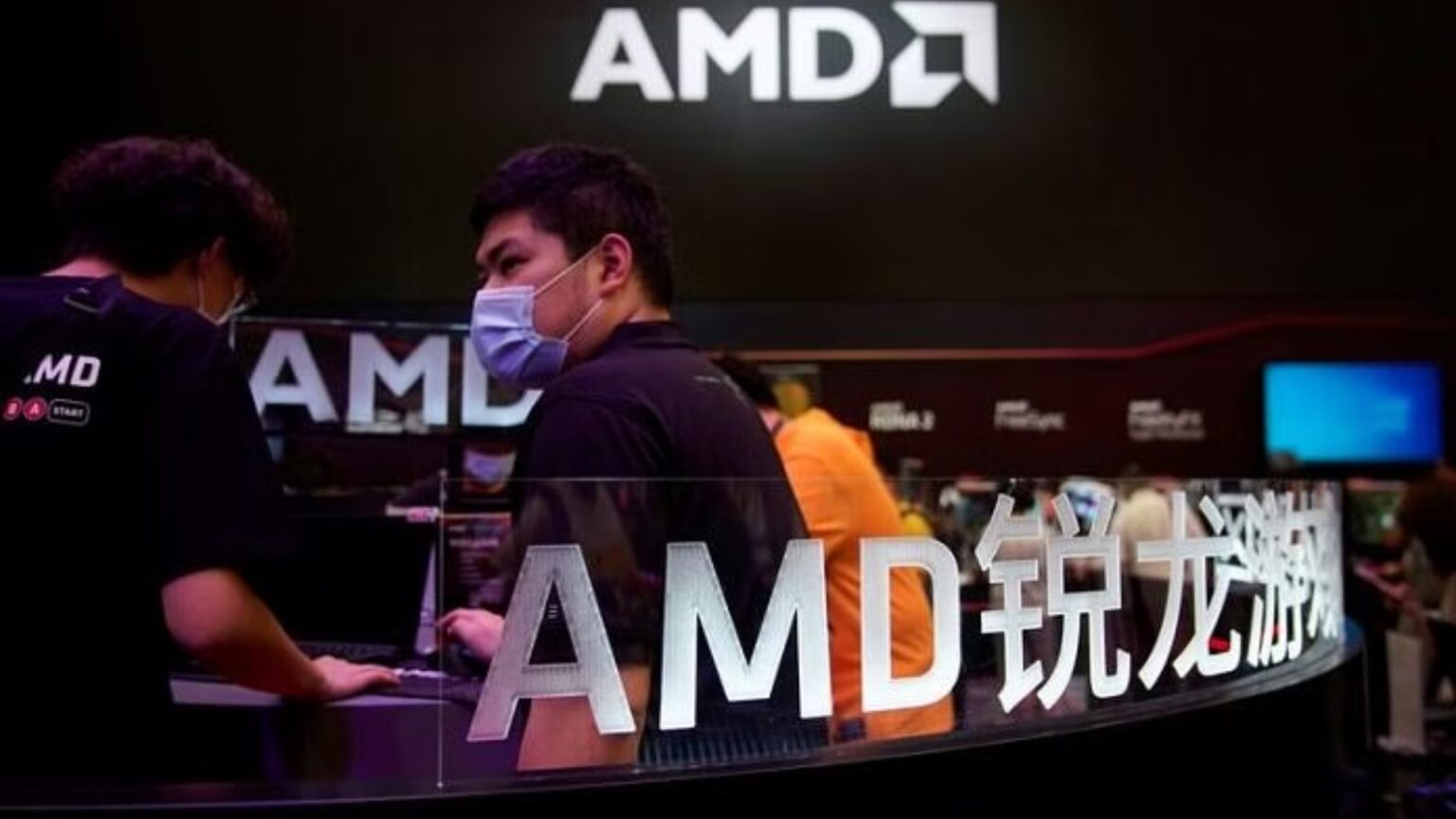AI chips are transforming the tech landscape, with demand soaring from major players like Microsoft and Meta. Yet, as Advanced Micro Devices (AMD) works to meet this surge, supply chain constraints are holding back growth. This article dives into how supply issues affect AMD’s performance, why the PC market is facing slower growth, and what lies ahead for the AI chip industry.
Rising Demand for AI Chips
The demand for AI chips has skyrocketed as tech giants push the boundaries of AI applications. Companies like AMD and Nvidia are at the forefront of this technological shift, producing advanced AI chips to power next-gen computing. However, despite the growing need, the supply of AI chips is struggling to keep pace. The shortfall affects both AMD’s revenue projections and the broader tech market.
AMD’s Revenue Outlook Amid Supply Chain Constraints
AMD recently released its Q4 revenue forecast, slightly below market estimates. The company expects $7.5 billion in revenue, plus or minus $300 million, which is below analysts’ expectations of $7.54 billion. Though demand for AI chips remains strong, the company’s supply chain challenges are impacting its ability to fully meet the market’s needs. This gap has, in turn, led to a 5% drop in AMD’s share value during extended trading.
AI Chip Supply Chain: A Tight Squeeze
The AI chip supply chain is expected to stay tight well into 2025. Taiwan Semiconductor Manufacturing Company (TSMC), the world’s largest chipmaker, previously warned that AI chip production would face significant capacity constraints. This restriction highlights an industry-wide hurdle: while demand surges, limited production capacity constrains supply.
The Impact on AMD and Competitors
As AMD and Nvidia compete to capture a greater share of the AI chip market, they face similar challenges with supply constraints. Demand from companies like Microsoft and Meta is rising rapidly, yet production cannot expand at the same pace. These limitations don’t just impact AMD’s revenue; they also influence Nvidia, which remains AMD’s closest competitor in this sector.
PC Market Slows, AI Chips Remain Priority
While AI chips are growing in demand, the PC market has not seen the same growth. Investors expected a larger uptick in the PC sector, but instead, AMD’s AI chip sales have taken center stage. As the AI chip supply issues continue, AMD is navigating a challenging landscape where PC growth slows, yet demand for advanced chips shows no sign of waning.
Conclusion
In summary, AI chips are a focal point of growth for AMD, but supply chain challenges are stalling potential revenue increases. With demand expected to outpace supply into 2025, AMD and other chipmakers will likely continue balancing production limits with rising market needs. As AI expands across tech sectors, the race to meet demand will only intensify, marking an important phase for both AMD and the future of AI technology.







